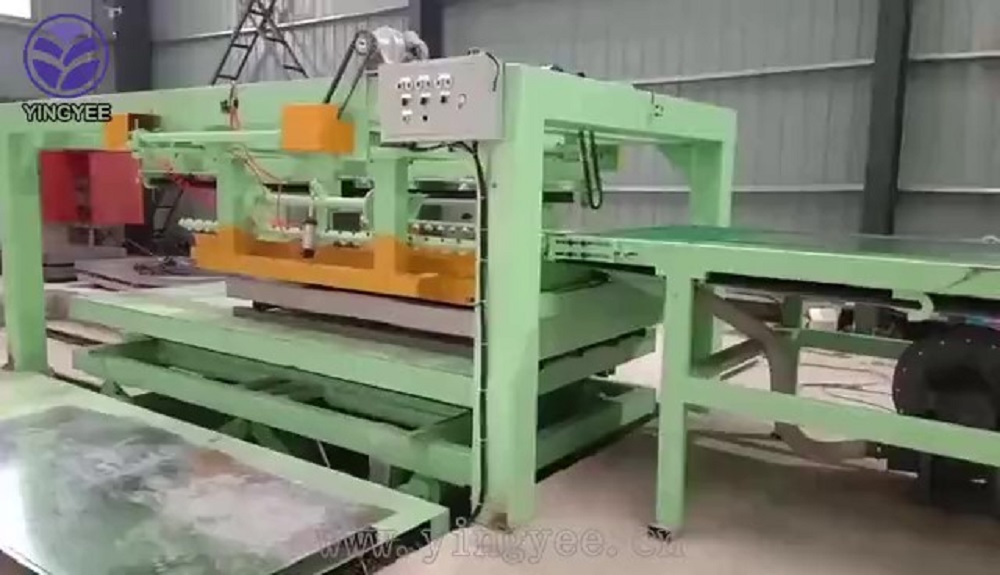
Understanding Coil Slitting Lines A Key Process in Metal Fabrication
Coil slitting lines play a crucial role in the metal fabrication industry, particularly in the processing of coiled material into narrower strips. This process is essential for manufacturers seeking to create specific dimensions of metal sheets for various applications, from automotive parts to construction materials. Understanding the components and functionality of a coil slitting line can enhance operational efficiency and product quality.
A typical coil slitting line consists of several key components. The system begins with an uncoiler, which is responsible for unwinding the large coils of metal, typically steel or aluminum. This is followed by a series of slitting blades that cut the unwound material into narrower strips. These blades are adjustable, allowing manufacturers to produce strips of varying widths depending on market demands or specific product requirements.
After slitting, the material is often processed through a recoiler that winds the newly cut strips into smaller coils. This compact form allows for easy handling and storage, facilitating subsequent manufacturing processes. Additionally, many slitting lines are equipped with tensioning systems and edge trimming units to ensure the strips meet stringent quality standards. These systems prevent defects and maintain uniform thickness, which is critical for downstream applications.

The operational efficiency of coil slitting lines can be improved through automation. Modern slitting lines often incorporate advanced technology, including programmable logic controllers (PLCs) and sensors that monitor various parameters during the slitting process. These innovations not only enhance precision but also reduce downtime, thereby maximizing production output and reducing costs.
Moreover, the versatility of coil slitting lines allows them to cater to a variety of materials, such as high-strength steel, stainless steel, and non-ferrous metals. This adaptability makes them indispensable in industries like automotive, aerospace, and home appliances, where precision and customization are paramount.
In conclusion, coil slitting lines are a vital component of the metal fabrication process, transforming large coils into usable strips with precision and efficiency. By harnessing the latest advancements in technology and automation, manufacturers can optimize their slitting operations, ensuring they meet the growing demands of various industries. Understanding the intricate workings of these lines not only helps manufacturers improve their processes but also contributes to the overall quality and competitiveness of their final products. As industries continue to evolve, the coil slitting line will remain a cornerstone of efficient metal processing.